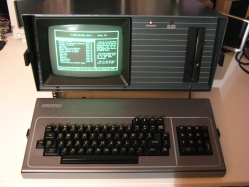
Autopsy:
For the correct operation of this computer i have made some repairs. Replacing some capacitors (see photo) and the rearrangement of the pressure arm of the floppy drive.
The fault of the power supply are the voltages. Under load the voltages +12 and +5 is lowered significantly.
from Wikipedia:
Kaypro Corporation, commonly called Kaypro, was an American home/personal computer manufacturer of the 1980s. The company was founded by Non-Linear Systems to develop computers to compete with the then-popular Osborne 1 portable microcomputer. Kaypro produced a line of rugged, portable CP/M-based computers sold with an extensive software bundle which supplanted its competitors and quickly became one of the top selling personal computer lines of the early 1980s.
While exceptionally loyal to its original consumer base, Kaypro was slow to adapt to the changing computer market and the advent of IBM PC compatible technology. It faded from the mainstream before the end of the decade and was eventually forced into filing for bankruptcy in 1992.
Kaypro’s first computer, the Kaypro II had a 2.5 MHz Zilog Z80 microprocessor, 64 KB of RAM, dual, single-sided, 191 kB 5¼ inch floppy disk drives, and an 80 column green monochrome 9″ CRT.
Early in the Kaypro’s life, there was a legal dispute with the owner of the Bigboard computer who charged that the Kaypro II main circuit board was an unlicensed copy or clone.
The outer case was constructed of painted aluminum. The computer featured a large detachable keyboard that covered the screen and disk drives when stowed. The Kaypro ran off regular AC mains power and was not equipped with a battery.
The Kaypro IV and later the Kaypro 4 had two double-sided disks. The Kaypro 4 was released in 1984, usually referred to as Kaypro 4 ’84, as opposed to the Kaypro IV released one year earlier and referred to as Kaypro IV ’83.
The Kaypro 10 followed the Kaypro II, and featured a 10 megabyte hard drive and a single 5¼” floppy drive.
source: wikipedia















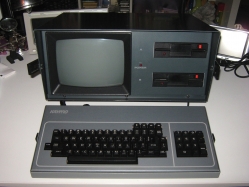































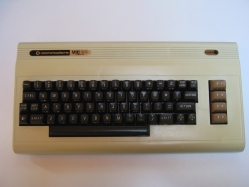
















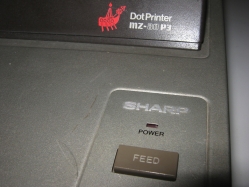















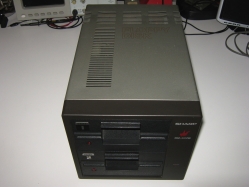















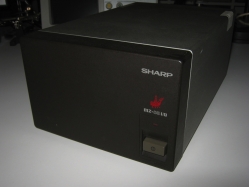















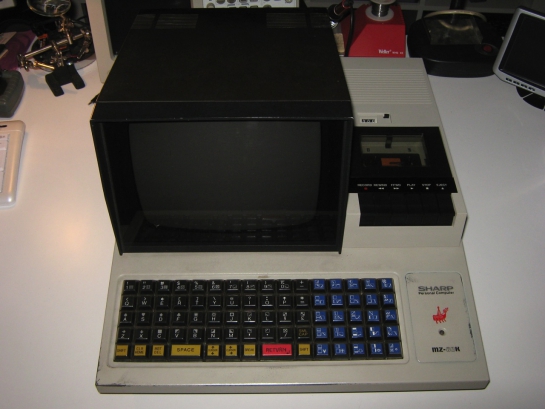





















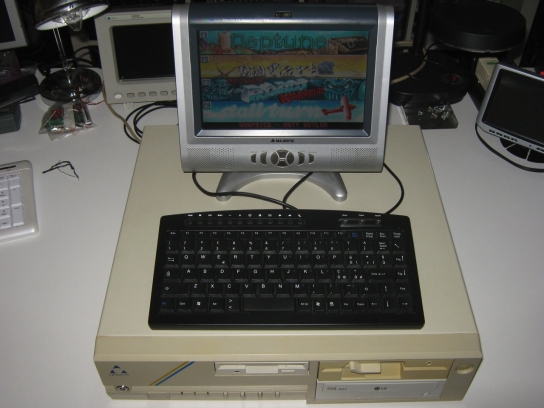















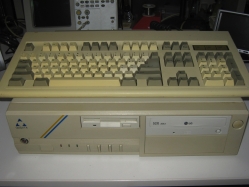















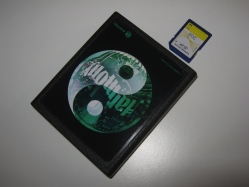















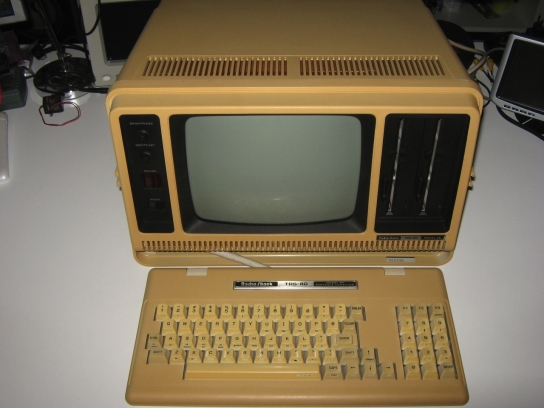





















Recent Comments